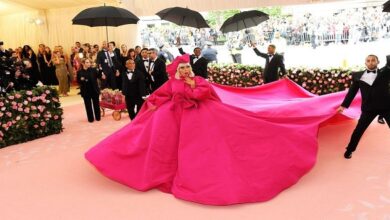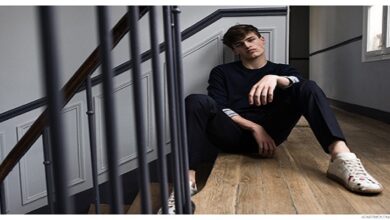
I am no longer interested in dressing a few hundred women, private clients; I shall dress thousands of women.
Flooding the American market
The dichotomy underlining the work of early haute couture fashion designers forecasts the inevitable growth of the democratization of fashion in the twentieth century. On the one hand, couturiers were producing extremely expensive items for elite patronage, yet on the other, they were distributing copies at reduced prices to a widespread middle-class market. Suzanna Shonfi eld (1982) describes how, by the late 1870s, ‘C. F.
Worth was beginning to run his “salon de couture” on an almost industrial scale, resulting in “blatant duplication of models”’ (1987: 57–8). This was due to the expediency of the new sewing machines and the use of standardized patterns with interchangeable parts, leaving only the cutting, finishing and embroidery to be done by hand. By using these divided labor practices, with the only variation being the different fabrics that were used, an unstable discourse between originality and reproduction resulted.
Nancy Troy, in Couture Culture (2003), provides valuable insight into the commercial practices of a number of leaders in the French fashion industry, including the designers Charles Frederick Worth, Paul Poiret, Jeanne Paquin, Madeleine Vionnet, and Sonia Delaunay, and underlines the contradictions inherent in their work.
A cultural history of fashion in the 20th and 21st centuries
Troy (2003: 24–5) points out that Worth sold models designed to be copied by others—especially American dry goods and department stores—in the 1860s, which subsequently necessitated the introduction of house labels to identify genuine Worth products, as many of the garments looked identical.
This was akin to artists signing their work as a means to validate the originality and uniqueness of their creations. Despite this, by the late 1880s, the Worth label itself was being fraudulently copied, and imitations were flooding the market. With the consumer goods market expanding so rapidly, protection by copyright laws became mandatory, with the brand name used to authenticate the product.
Coco Chanel
Major changes in society, particularly in terms of social class structures and the status of women, were to impact greatly the direction that fashion would take during the 1920s. Hollander (1983: 85) notes that: ‘Prior to 1918 . . . a gentleman did not dine with his tailor or a lady with her couturier.’
The dictates of European hierarchical class structures determined that ‘society had never before opened its door to couturiers, however talented they may have been, and those creative women had been relegated to the status of diseases or “dressmakers”’ (Charles-Roux, 1981: 182). 2 However, Hollander (1983: 85) argues that, after the First World War, ‘old social hierarchies were rearranged’ and both artists and designers ‘rose abruptly on the social scale’.
The Functionalist Theory and the Birth of Prêt-à-Porter
Chanel’s new and innovative stylistic trends can be contextualized within the development of modernism. The modernist period in the visual arts, which spanned the 1920s and 1930s, evolved from the technological developments and inventions of the First World War period and had an unprecedented impact on all of the visual arts, including fashion and jewelry design. If the philosophical and aesthetic concerns of the modernist age seemingly only affected Chanel’s work in a tangential way, her.
Last word
Chanel achieved her stylistic coup d’état by two means: her choice of new materials; and the adaptation of men’s clothing for womenswear. During the war, the knitted material called ‘jersey’, which had previously only been used for hosiery and underwear, had stockpiled in the textile dealer Rodier’s warehouse.




